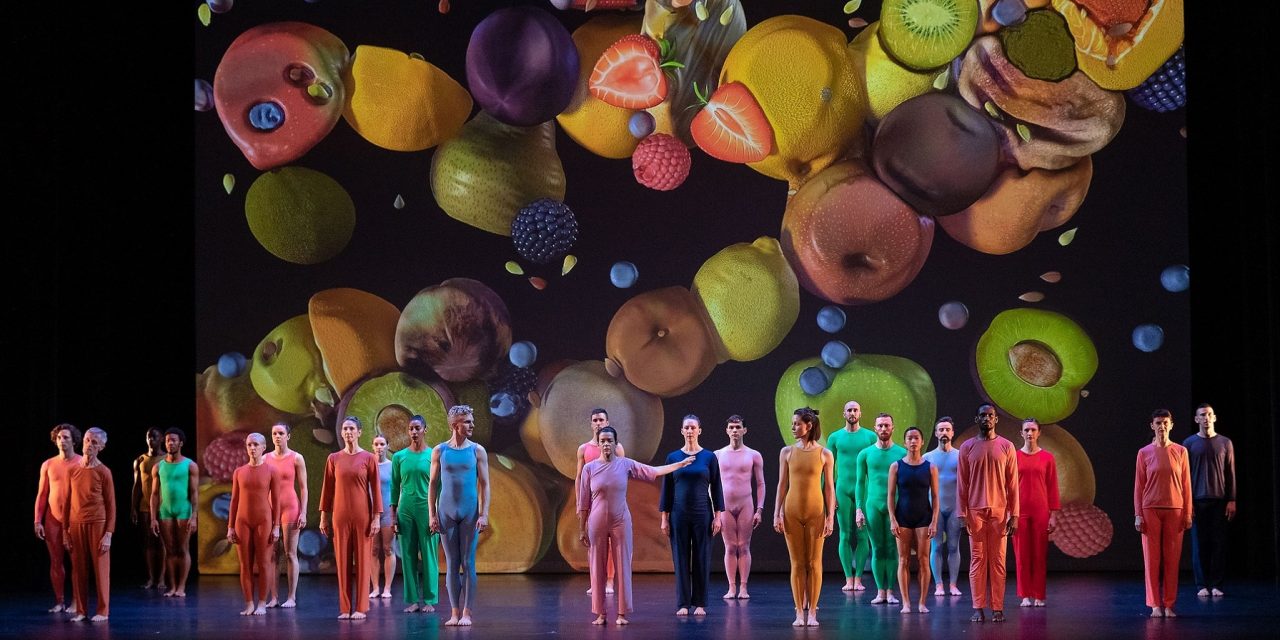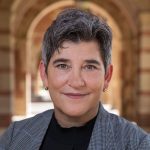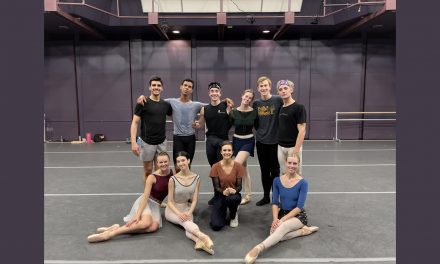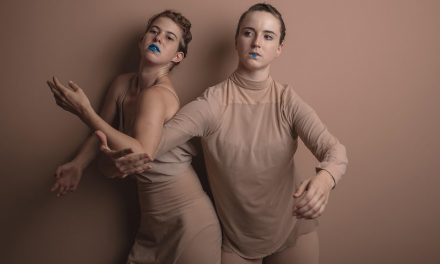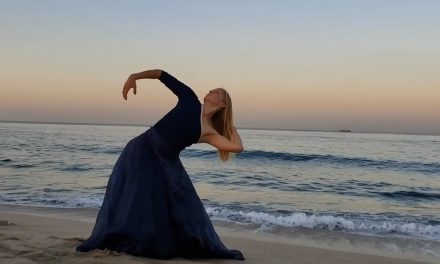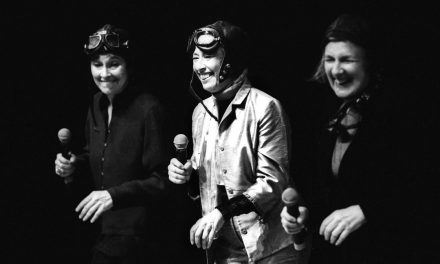At UCLA’s Center for the Art of Performance we are thinking a lot about dance and the artists who create it. What it requires of them and what staying at home in tiny non-affordable apartments is like for people who need space to move and train and extend.
My first exposure to dancing was through my mother. Approaching our house after preschool, right where the sidewalk met our driveway I could often hear “The Age of Aquarius” or “Great Balls of Fire” blasting from the stereo console inside. Framed by our front facing window was Judy McKellar dancing with complete abandon in the living room. She would elatedly wave for me to quickly come inside to join her before the song ended. We lived in Spokane, Washington (circa 1968). When disco arrived (via radio) she was in pure bliss. Her use of the word “boogie” was in high rotation (as were the eye-rolls of my sister and I).
My mother’s zeal for dancing did not rub off, but her capacity for finding the remarkable within the everyday while making something bright with what was available, taught me to look and notice. I discovered the sound in the space between the notes, the slump of different glazes on a piece of pottery, the poet as an athlete of words, and the articulate contours that choreographers and dancers construct to shape gravity itself. Their dedication to making meaning with their bodies in collaboration with each other and the air around them and the worlds they pull into this ephemeral and extraordinary art form is nothing less than astonishing.
Dance is carried by the dancers who migrate across practices, vocabularies, choreographers and projects — across cultural intelligences, geographies and eras — to make up a weave of transmission that not only expands their expressive terrain, but gives the audience a vital role. As quite possibly the most evanescent of the arts, it requires an audience to be the living archive of their life works. Our presence matters immensely and our responsibility is considerable.
I’ve been taught how to carry that thread by my mom, my extraordinary wife, my staff, and by watching cowboys in Bozeman, Montana (circa 1987) do the two-step as if their lives depended upon holding its line together, no matter how thick the layer of peanut shells on the floor of the bar is.
Here’s to the dancers.
Written by and submitted to LADC by Kristy Edmunds.
Kristy Edmunds, is the Executive and Artistic Director of UCLA’s Center for the Art of Performance (CAP UCLA). She is an artist, curator, frequent keynote speaker and currently the Executive and Artistic Director of UCLA’s Center for the Art of Performance (CAP UCLA), a leading presenter of contemporary performance on the West Coast. In recognition of her contribution to the arts, Edmunds was named a Chevalier (Knight) de L’Ordre des Arts et des Lettres by the French Government in 2016 and was the inaugural recipient of the Berresford Prize by United States Artists (USA) in 2018.
Edmunds’ previous positions include Founding Executive and Artistic Director of the Portland Institute for Contemporary Art (PICA) and Time Based Art Festival (1995–2005); Artistic Director for the Melbourne International Arts Festival (2005–2008), Head of the School of Performing Arts at Victorian College of the Arts/University of Melbourne, and Deputy Dean for the College; and Consulting Artistic Director for the now critically heralded Park Avenue Armory in New York (2009–2012).
Featured image: Merce Cunningham Centennial – Night of 100 Solos – CAP UCLA Royce Hall – Photo Reed Hutchinson

